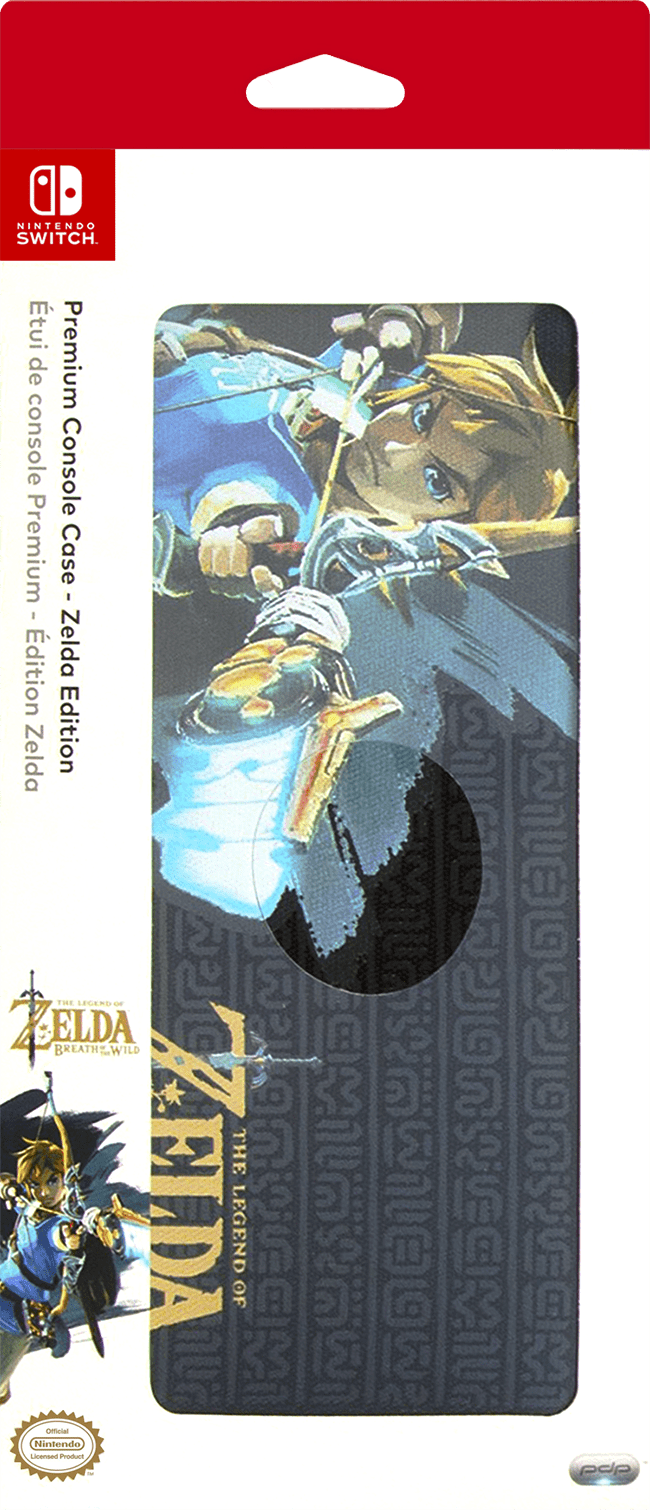

In many ways, The Tower of Spirits from Spirit Tracks is a test run of this design, as it sits smack-dab in the middle of the game’s Hyrule and is accessible from each of the five realms. Its presence is suffocating, anxiously poking and prodding you to stop collecting Korok seeds and get your ass in gear to save the suffering Princess Zelda. When Breath of the Wild released in 2017, it was (rightfully) acclaimed for many aspects, but for our purposes, let’s focus on three areas: the menacing central nature of Hyrule Castle, the increased customization options, and the development of the character of Zelda.Īlmost everywhere in Breath of the Wild provides a vantage point to stare at Hyrule Castle, with the ominous shroud of Calamity Ganon serving as a constant reminder of the danger you must (eventually) face.

Stare at the faults long enough, though, and you lose sight of the bigger picture: Phantom Hourglass and Spirit Tracks were the testing grounds for some of the things that make Breath of the Wild so special. To many, they are experiences limited by their hardware and elementary design that ask the player to do the same tasks over and over and over again ad nauseum. My affection for the game exists squarely within the minority people often view Phantom Hourglass and its 2009 sequel Spirit Tracks as the black sheep within the franchise. Where some saw the Temple of the Ocean King as a repetitive slog, I viewed my many returns as proof of a slow but steady conquest towards the demonic Bellum at its core. I adored sailing around the overworld with Linebeck as my snarky first-mate, clawing up treasures deep from the ocean blue.

Sure, everything about the game is more simple than its console counterpart - crunched 3D graphics, a gimmicky reliance on touch controls, ridiculously basic puzzle and dungeon design - but that was perfect for a seven-year old who sucked at videogames. I have a confession: I like The Legend of Zelda: Phantom Hourglass.


 0 kommentar(er)
0 kommentar(er)
